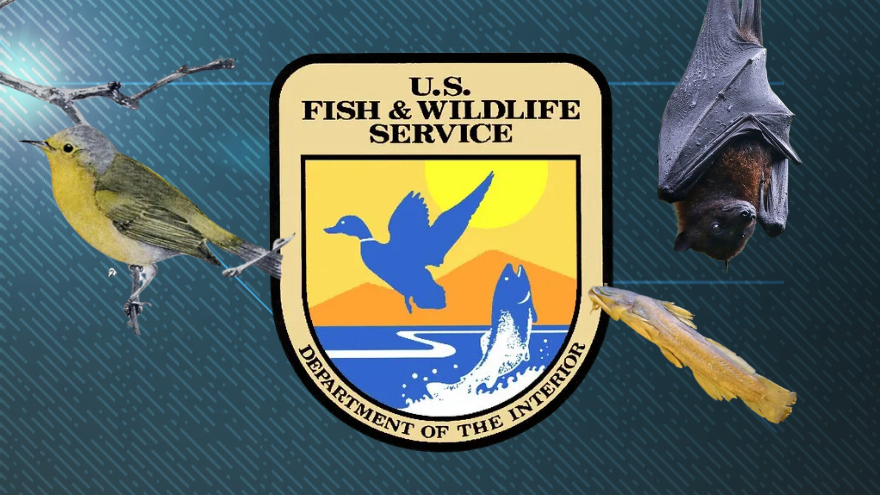The federal government has announced that 21 endangered species have gone extinct.
The majority of species were flagged as part of the Endangered Species Act in the 1970s and 1980s. The United States Fish and Wildlife Service now says most were “in very low numbers or likely already extinct at the time of listing.”
“Federal protection came too late to reverse these species’ decline, and it’s a wake-up call on the importance of conserving imperiled species before it’s too late,” said Service Director Martha Williams in a statement on Oct. 16. “As we commemorate 50 years of the Endangered Species Act this year, we are reminded of the Act’s purpose to be a safety net that stops the journey toward extinction. The ultimate goal is to recover these species, so they no longer need the Act’s protection.”
The extinct species include the Little Mariana fruit bat of Guam, the San Marcos gambusia of Texas and the Scioto madtom of Ohio. The federal agency identified ten different types of birds that are now gone, including Bachman’s warbler which is found in Florida and South Carolina as well as eight birds native to Hawaii. Finally, eight varieties of mussels previously found in areas near Alabama, Tennessee, Georgia, Arkansas, Virginia, Arkansas, Ohio, Virginia, and West Virginia have been reclassified as extinct.
“The 21 species extinctions highlight the importance of the ESA and efforts to conserve species before declines become irreversible,” the Fish and Wildlife Service said in its announcement. “The circumstances of each also underscore how human activity can drive species decline and extinction by contributing to habitat loss, overuse, and the introduction of invasive species and diseases.”
The Endangered Species Act, which was passed in 1973, was preceded by the Endangered Species Preservation Act of 1966 and the Endangered Species Conservation Act of 1969.
The 1973 Endangered Species Act created the endangered species list and required certain steps to ensure the animals were protected, including creating “critical habitats” and enshrining additional power to certain federal agencies for the purposes of ensuring the longevity of the species.
“The Endangered Species Act has come under repeated attacks from various industries and individuals, as well as Congress,” notes EarthDay.com. “Various bills have been introduced to the House of Representatives that seek to limit the scope of authority for those tasked with protecting endangered species, placing economic impact above the conservation of vulnerable species, and more.”
The Fish and Wildlife Service proposed delisting 23 species due to extinction on Sept. 29, citing “rigorous reviews of the best available science.”
The agency ultimately removed the ivory-billed woodpecker and the Hawaiian perennial herb Phyllostegia glabra var. Lanaiensis, per The Hill.
The changes to the Endangered Species Act will be published in the Federal Register on Oct. 17 and the new extinction labels will take effect 30 days later.

